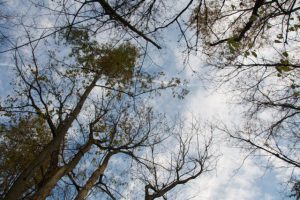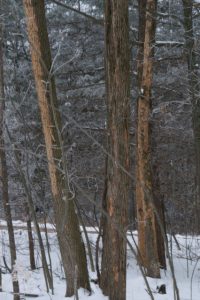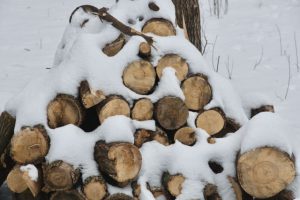Feds relent on emerald ash borer quarantine

MARK HORN, Conservation Digest
January 4, 2021
On Jan 14, 2021 the USDA will remove the federal quarantine on emerald ash borer (EAB). Wisconsin declared all 72 counties in the state a quarantine zone in 2018. The state’s administrative rules restricted movement of wood products from quarantine counties into “clean” counties. Once all counties were considered under quarantine, the rule restricting movement of wood products became moot.
Quarantine measures in Wisconsin were effective at reducing spread of emerald ash borer in nursery stock and commercial forestry lands. These industry groups stepped up and did their part. EAB still made its way to many parts of the state in firewood. Adult beetles also spread because they can fly up to 35 miles in a season.
Cause for Concern
Emerald ash borer attacks all species of ash in Wisconsin; green, white, black, blue and pumpkin. The mortality rate for infested stands appears to be between 95-99%, with many stands losing every mature tree. Adult beetles lay eggs in the bark of ash trees. When the eggs hatch, the larvae spend the more than a year eating their way through the sapwood beneath the bark. Woodpeckers chip away at bark looking for EAB larvae. This causes large patches of exposed blond inner bark. Foresters call this bark blonding.

Bark blonding caused by woodpeckers who strip outer bark to get at EAB larvae.
Impact on Woodland Owners
Lifting of the USDA quarantine removes restrictions on shipping logs across state boundaries. Some states still restrict those shipments. One of those is Minnesota whose state quarantine restrictions remain in place. Until an agreement between our states is reached, logs from Wisconsin will still have to be inspected and meet MN regulations. Since most logs cut in Wisconsin are processed inside the state, landowners should still be able to find markets for their timber. International trade with China dried up when trade talks broke down, so that market is not likely to return any time soon.

Firewood Movement
According to Entomology Today, thew list of devastating forest pests in North America contains some ridiculously impactful invasive species, some of which are capable of wiping out entire tree genera (e.g., the emerald ash borer can kill all species of Fraxinus, or ash species).
Firewood brought into state parks must be from local suppliers within 25 miles of the park. This restriction remains in effect regardless of changes to the quarantine rules.
The DNR and Department of Agriculture continue to discourage moving firewood. Moving firewood spreads other pests like gypsy moth, Dutch elm disease and oak wilt.
Where is the Cavalry?
While effective treatments are available for EAB, they are too expensive for large stands. Treatment must be started before significant thinning of the crown takes place. Most importantly, the treatments must be repeated every 2-3 years. Treating ash trees makes sense only in an urban or suburban setting to save a small number of exceptional specimen trees.
Until an effective biological control is available, such as a predatory wasp, there is little hope for Wisconsin ash trees. Woodland owners with significant ash stands should expect to harvest those trees in the very near future.
Making LEMONADE from Lemons
This is the time to plan for replacement of your ash trees. Think about your longterm management goals so that you can take advantage of this harvest to focus in on achieving your aims.
My land was oak savanna prior to settlement. Removal of dying ash trees will open the canopy allowing sunlight to once again reach the forest floor. My plan is to use this as an opportunity to restore that more open setting and focus on re-establishing oaks that were pushed out by more shade tolerant species like ash.
Think of this plague as a way to rewrite the story of your woodland. What do you want you land to look like in forty years? Take this opportunity to reset your dreams and create the woodland you want to leave your grandchildren.
